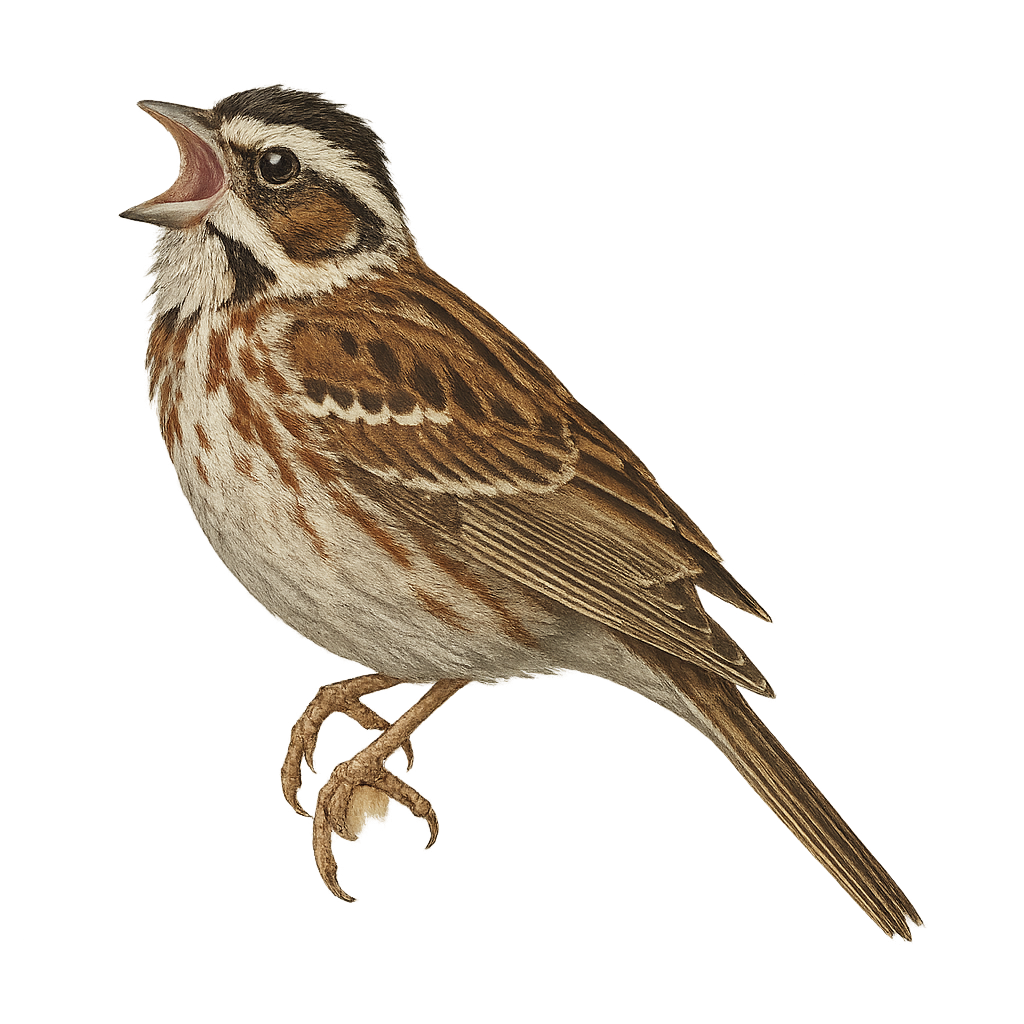Your wildlife photography guide.
Explore the rustic bunting in detail, study its behavior, prepare your shots.
Where to observe and photograph the rustic bunting in the wild
Learn where and when to spot the rustic bunting in the wild, how to identify the species based on distinctive features, and what natural environments it inhabits. The WildlifePhotographer app offers tailored photography tips that reflect the rustic bunting’s behavior, helping you capture better wildlife images. Explore the full species profile for key information including description, habitat, active periods, and approach techniques.
Rustic Bunting
Scientific name: Emberiza rustica

IUCN Status: Near Threatened
Family: EMBERIZIDAE
Group: Birds
Sensitivity to human approach: Suspicious
Minimum approach distance: 10 m
Courtship display: May to June
Incubation: 11-13 jours
Hatchings: May to July
Habitat:
Coniferous forests, mixed woodlands, taiga
Activity period :
Primarily active during the day, with peak activity in the morning and late afternoon.
Identification and description:
The Rustic Bunting, Emberiza rustica, is a small passerine bird belonging to the Emberizidae family. It is primarily found in coniferous and mixed woodlands across Eurasia. This bunting is characterized by its brown and white plumage, with distinctive head markings, including a black cap and a white stripe above the eye. During the breeding season, the male displays brighter colors to attract females. A migratory bird, it winters in Southeast Asia. The Rustic Bunting is a discreet bird, often difficult to spot due to its shy behavior and dense habitat. Its population is declining, mainly due to habitat loss and climate change.
Recommended lens:
400 mm – adjust based on distance, desired framing (portrait or habitat), and approach conditions.
Photography tips:
To photograph the Rustic Bunting, focus on coniferous forests or mixed woodlands where it is most commonly found. Use a telephoto lens of at least 400mm to capture detailed images of this discreet bird without disturbing it. Be patient and attentive to its calls to locate its presence. The best times to observe it are early in the morning or late afternoon when activity is highest. Stay still and use a camouflage net to blend into the environment.
The WildlifePhotographer App is coming soon!
Be the first to explore the best nature spots, track rutting seasons, log your observations, and observe more wildlife.
Already 1 431 wildlife lovers subscribed worldwide

